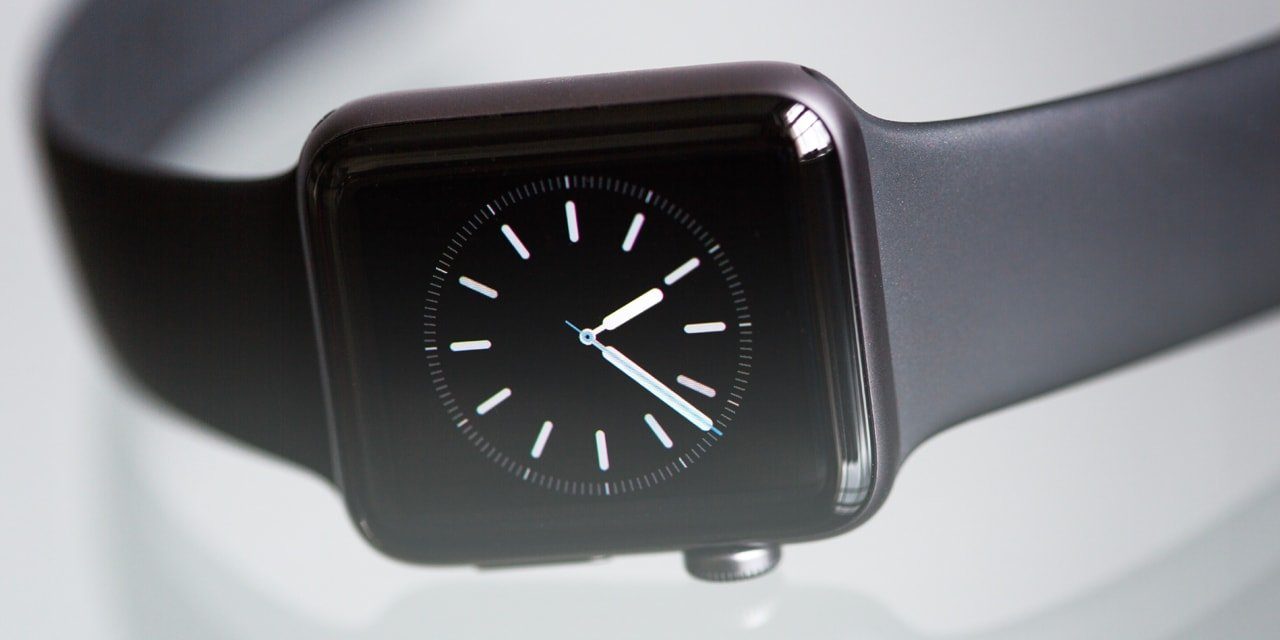More rumblings of an Apple iOS watch
Over the last week, there are more rumblings of an Apple watch. Initially discussed on Beckertime, the notion of an Apple iOS watch is interesting on many levels. Over the course of the last week, the New York Times and Wall Street Journal, as well as Apple employee #66 have weighed in on the notion of a wearable operating system on one’s wrist.
The breakthrough is the ability to have curved class produced by Corning. Most wristwatch crystals are flat sapphire, or some type of precision ground curved sapphire such as found on the uber-exclusive Urwerk or MB&F. Sapphire crystal is extremely hard to cut and extremely hard to fabricate into curved pieces. It is for this reason that finding curved sapphire is only found on extremely rare watches such as the Richard Mille watch valued at over $1.65 million. For an Apple watch, the design constraint is to have a device that has a glass screen for multi-touch gestures to work like on an iPhone but curved such that the watch is not so big that it looks like a Dick Tracey watch. The design constraint, according to the New York Times, is offering bendable class that can bend without breaking. Called Willow Glass, bendable glass would make a wearable watch possible as currently, the only alternatives are plastic or sapphire that both have limits to practicality, cost, or can function with iOS’ touch screen multi-gestures. Glass has been used on crystals before but they are known for easily breaking because of their brittleness. Seiko made strides in their Hardex glass watch crystals, but they are still prone to scratching.
Despite making it around design constraints for wearing a what is effectively a computer on one’s wrist, “smart watches” have historically had drawbacks. Even back in the days of the Casio calculator watch, the interface and the ability to operate a small battery powered device was only for the devoted. As the Apple iWatch article by Bruce Tognazzini, Apple employee #66 and founder of Apple’s Human Interface group delineates in his article, smart watches all have design and interface problems but there is huge room for improvement, which is something Apple relishes.
Despite the potential, smart watches like their brethren smart phones all have the same Achilles heel of battery and electricity. Although the watch industry is ripe for a fundamental shift that Apple did with the computer retailing and the music industry, wrist watches themselves have always been designed as being perpetually powered devices. Despite articles such as this one describing how a Pebble smart watch makes a Rolex look like a geriatric dinosaur, there is always the timeless appeal that wrist watches are pure mechanical machines not powered by electricity. Electricity has a tendency to accelerate innovation, but the true mechanical Rolex wristwatch has survived other initiatives and will certainly survive the next one.
— Featured Photo Credit: Pixabay (cc) Archive.






